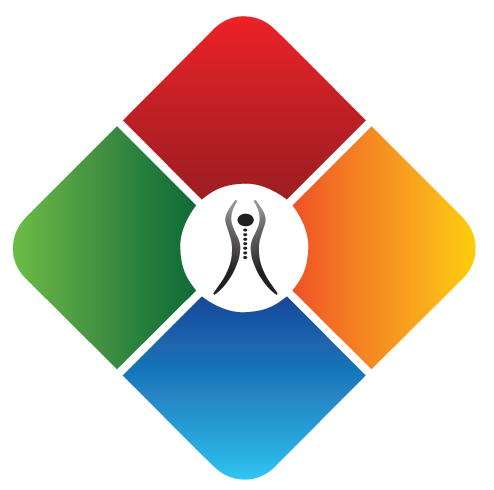We often hear about how important it is to keep our core strong. It’s an extremely common misconception, however, to associate a strong core with a six-pack. In fact, the rectus abdominis (ab muscle) only comprises one-sixth of your core.
A person’s entire core can be visualized as a cube:
- The bottom of the cube is the pelvic floor muscles and glutes
- The back of the cube is the paraspinal muscles that help to flex/extend the spine
- The sides of the cube are the transverse abdominis (this area is usually undertrained)
- The top of the cube is the respiratory diaphragm
All of these muscles are important, and it’s clear that doing crunches will only train a small portion of your core. We need to find more effective exercises that target all core muscles: the pelvic floor, glutes, paraspinal muscles, transverse abdominis, and the respiratory diaphragm. This is where the mind-muscle connection comes in.
After sitting for long periods of time every day, core muscles will gradually become unconditioned. Your body will eventually find ways to compensate for these weak muscles—you may end up using your back muscles more, which will often end up leading to injury. To combat this, we can do a few simple exercises that reestablish the mind-muscle connection:
While bending, squat at the hips (this is more difficult than it sounds, especially if you are elderly or not very flexible). If you do have to bend your back, try to draw your belly button inward towards the spine in order to activate the transverse abdominis. Doing this will create the pressure your abdomen needs so that your lumbar spine will be safe. Stabilize your pelvis while lowering your back so that load is placed on the larger muscles in your legs and glutes (instead of your lower back, where the discs and ligaments are holding things together).
Another effective exercise involves lying on your back with knees bent and feet on the floor. Try to draw your belly button inward towards your spine to activate the transverse abdominis. (The transverse abdominis muscle is often underused and underdeveloped).
The log roll is an exercise that is very helpful for patients with low back pain. While laying on your back with knees bent and feet on the floor, roll to your right with arms extended over your sternum (the middle of your chest). Make sure you keep your hips in line with your sternum. As you roll, about a quarter turn to the right, keep your body together to activate the core.
Finally, the glute bridge exercise involves laying on your back with feet planted on the floor. Work by contracting your glutes and pushing your pelvis towards the ceiling while keeping your midsection in one straight line. You can either hold this position or do several reps, whichever seems easiest.
For beginners with a weak core, these exercises might make your body shake as you hold position. This is a sign that your body is working, and you’ll quickly see an improvement in strength. You can always adapt the exercises to make them more challenging over time.
These exercises are extremely simple to perform. You might not even break a sweat doing them. Even so, by reestablishing the mind-muscle connection, many future injuries will be prevented.
If you have any questions about how we can help you to develop a strong core, contact us today or give us a call at (918) 743-3737.
Podcast: Play in new window

